Cost to Roof a Home 2025 Guide and Prices

The cost to roof a home 2025 guide and prices is essential for homeowners who want to plan their budget wisely and choose the best roofing materials. Roofing is one of the most critical investments for any property, and understanding all cost factors helps ensure durability, safety, and long-term value. Prices can vary widely depending on material, labor, roof size, and location. In this comprehensive guide, we’ll explore different roofing options, their benefits, real-world examples, and where to buy them.
Factors That Affect the Cost to Roof a Home
Several key elements determine how much you’ll spend on roofing:
- Roofing material – Asphalt shingles cost less compared to slate or tile.
- Roof size and pitch – Larger and steeper roofs require more materials and labor.
- Labor rates – Prices vary significantly across states and between roofing companies.
- Tear-off vs. overlay – Removing old roofing adds to labor and disposal costs.
- Underlayment and accessories – Waterproofing, flashing, and ventilation can increase the overall cost.
Understanding these factors is the foundation before diving into specific roofing options.
1. Asphalt Shingle Roofing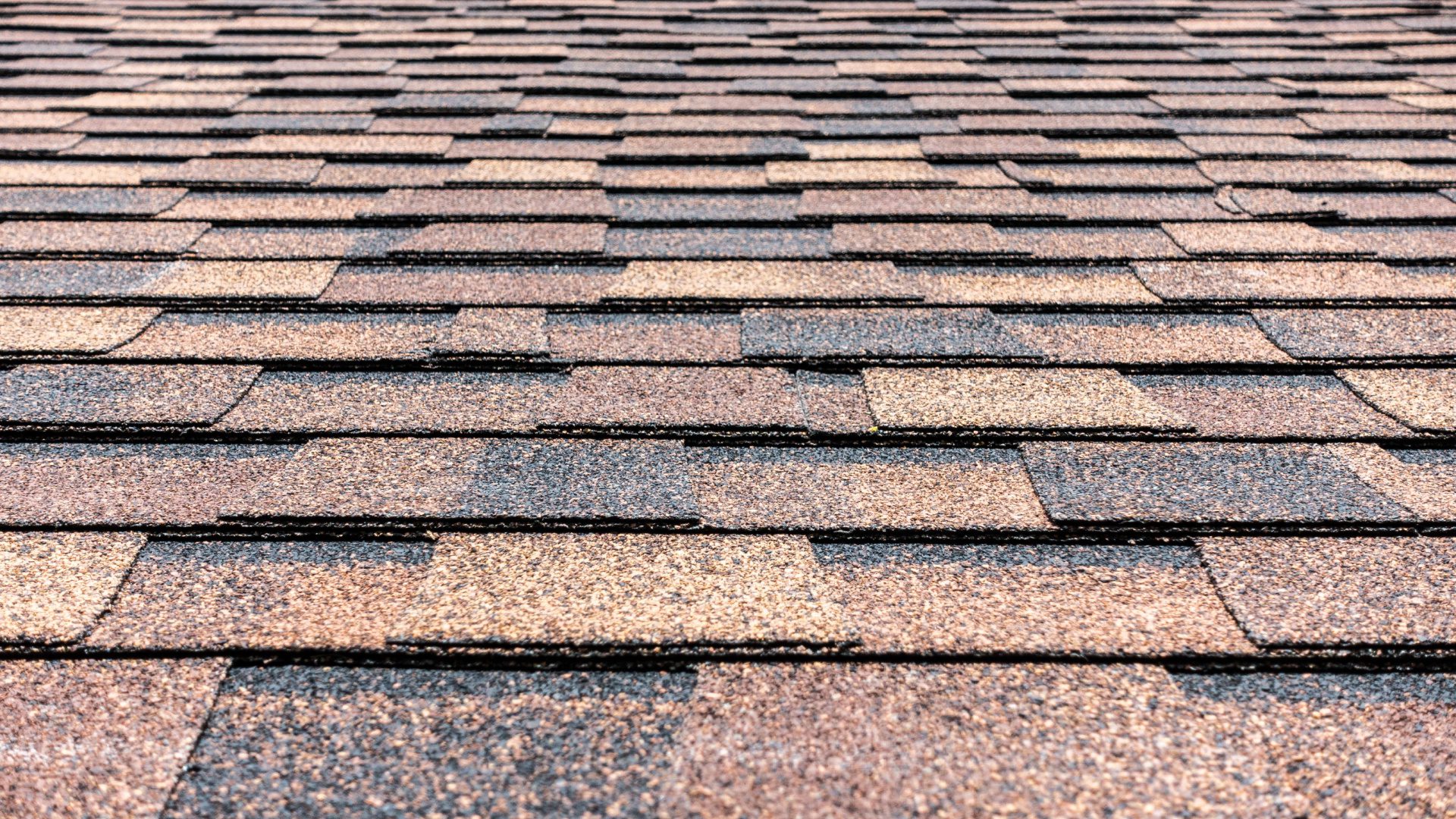
Asphalt shingles remain the most popular roofing option due to affordability and ease of installation. They come in a wide range of styles and colors, making them suitable for most homes.
Information About Asphalt Shingles
Asphalt shingles generally cost $4.50 – $9.00 per square foot installed, depending on brand and quality. They are easy to maintain and have a lifespan of 20–30 years. New technology has improved weather resistance, giving homeowners more value for their money.
Benefits of Asphalt Shingles
- Cost-effective for budget-conscious homeowners.
- Easy to install and replace.
- Wide range of color and design choices.
- Resistant to wind and moderate weather conditions.
Real-World Example: GAF Timberline HDZ Shingles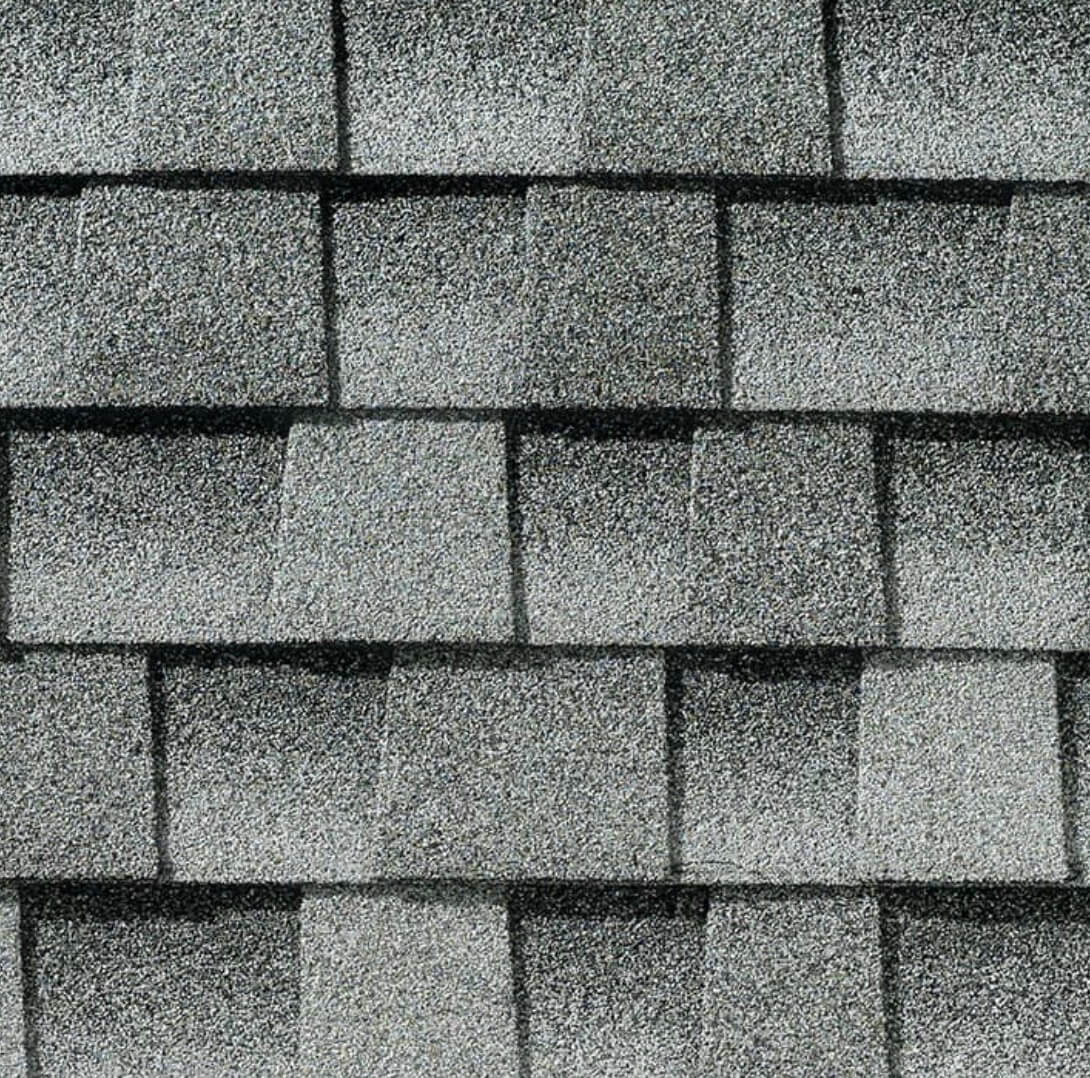
GAF Timberline HDZ shingles are America’s #1 selling shingles. They feature LayerLock™ technology, which strengthens bond and wind resistance. These shingles also come with algae protection and a lifetime limited warranty.
Use Case: Ideal for homeowners seeking durable, attractive, and affordable roofing. It solves the problem of frequent repairs by offering enhanced sealing and strength.
Where to Buy:
Buy GAF Timberline HDZ Shingles
2. Metal Roofing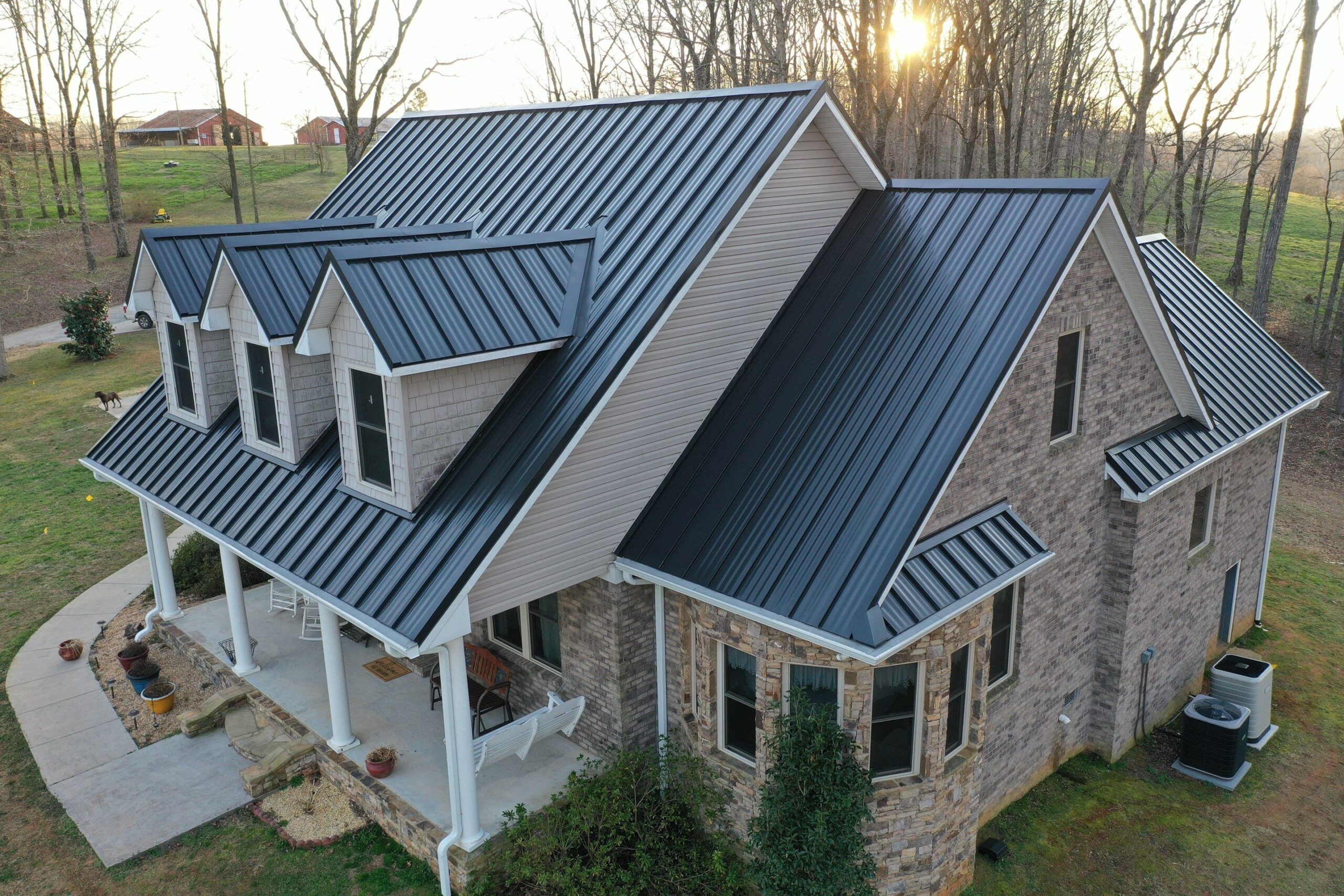
Metal roofing has surged in popularity for its long lifespan, modern look, and energy efficiency.
Information About Metal Roofing
The cost to install metal roofing typically ranges from $8.00 – $15.00 per square foot, depending on the type (steel, aluminum, or copper). Metal roofs last 40–70 years, making them an excellent long-term investment.
Benefits of Metal Roofing
- Long-lasting and durable in extreme weather.
- Reflects sunlight, reducing cooling costs.
- Fire-resistant and eco-friendly.
- Available in multiple styles, including standing seam and metal shingles.
Real-World Example: Englert Standing Seam Metal Roof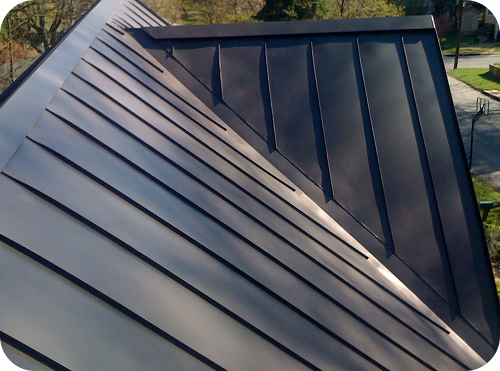
Insert image of the product
Englert Standing Seam Metal Roofing is known for sleek aesthetics and advanced coating technology. It provides resistance against corrosion and fading while offering strong energy efficiency.
Use Case: Perfect for homeowners in hot climates or regions prone to heavy snow and storms. It solves problems like high energy bills and frequent roof replacements.
Where to Buy:
Buy Englert Standing Seam Metal Roofing
3. Tile Roofing
Clay and concrete tiles offer unmatched beauty and durability, especially for Mediterranean and Southwestern-style homes.
Information About Tile Roofing
Tile roofing costs between $10.00 – $20.00 per square foot installed, depending on whether you choose clay or concrete. Tile roofs can last over 100 years with proper maintenance.
Benefits of Tile Roofing
- Extremely durable and weather-resistant.
- Adds timeless aesthetic value to homes.
- Fireproof and energy efficient.
- Increases home resale value.
Real-World Example: Boral Clay Roof Tiles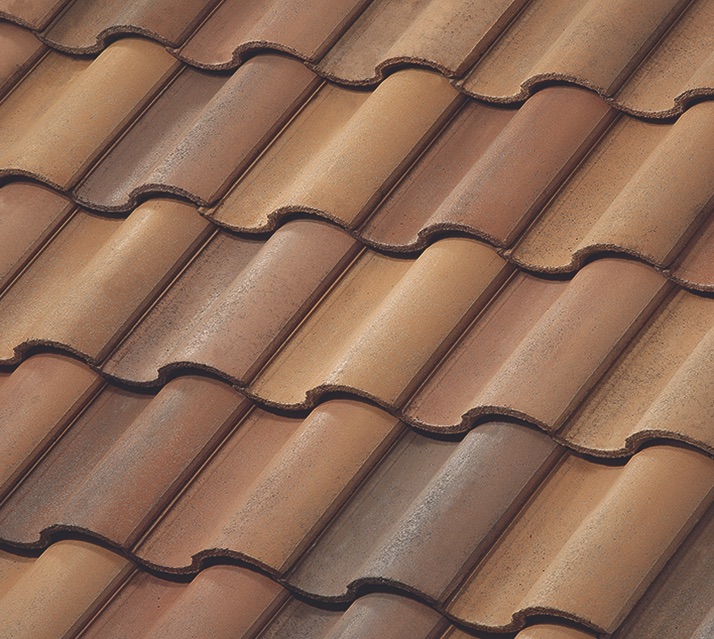
Boral Clay Tiles are crafted for elegance and durability. They resist fading, cracking, and extreme weather while providing a natural, rustic look.
Use Case: Best for homeowners who value aesthetics and long-term durability. Solves issues like frequent roof replacements, making it a lifetime investment.
Where to Buy:
Buy Boral Clay Roof Tiles
4. Slate Roofing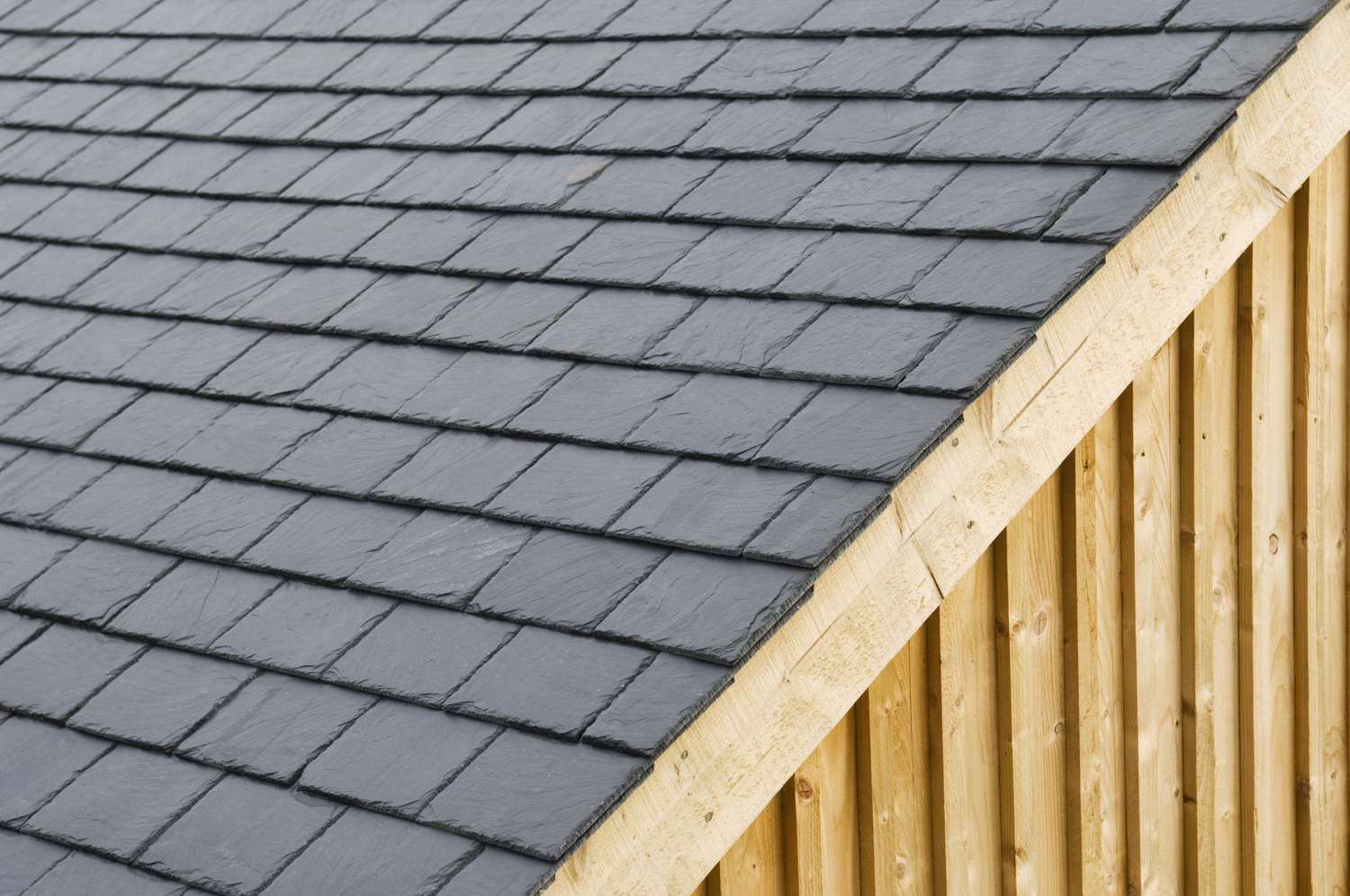
Slate roofing is considered a premium option, known for luxury, elegance, and unmatched durability.
Information About Slate Roofing
Slate roofs cost between $15.00 – $30.00 per square foot installed. They are among the longest-lasting roofing materials, with lifespans exceeding 150 years.
Benefits of Slate Roofing
- Premium appearance and elegance.
- Virtually fireproof and resistant to harsh climates.
- Extremely durable with minimal maintenance.
- Adds significant home value.
Real-World Example: Vermont Slate Company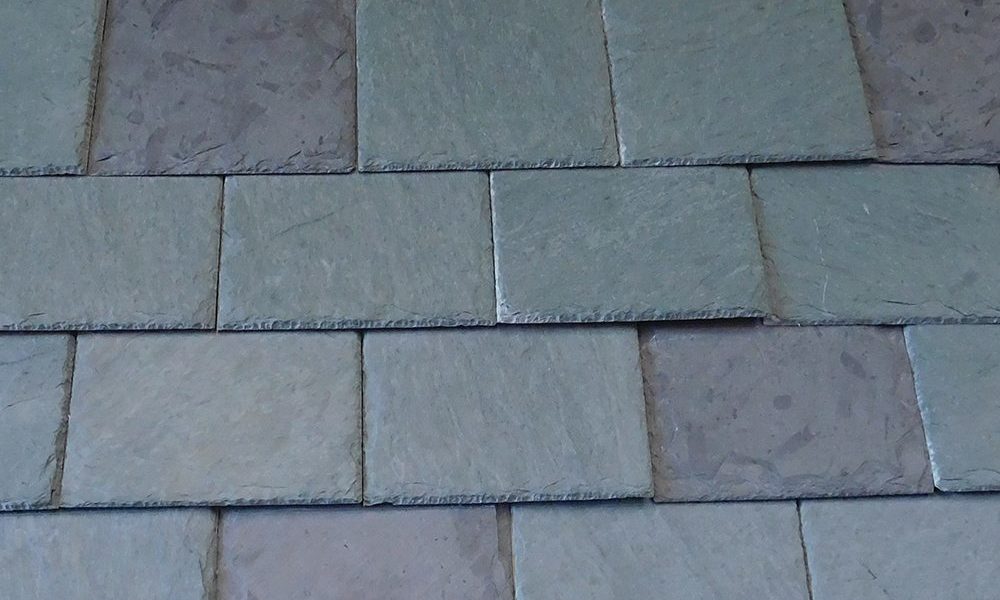
Vermont Slate Company produces natural slate tiles with a wide range of colors and textures. Each tile is hand-crafted for beauty and durability.
Use Case: Ideal for historic or luxury homes where longevity and curb appeal are paramount. Solves the problem of frequent replacements entirely by lasting over a century.
Where to Buy:
Buy Vermont Slate Roofing
5. Composite Roofing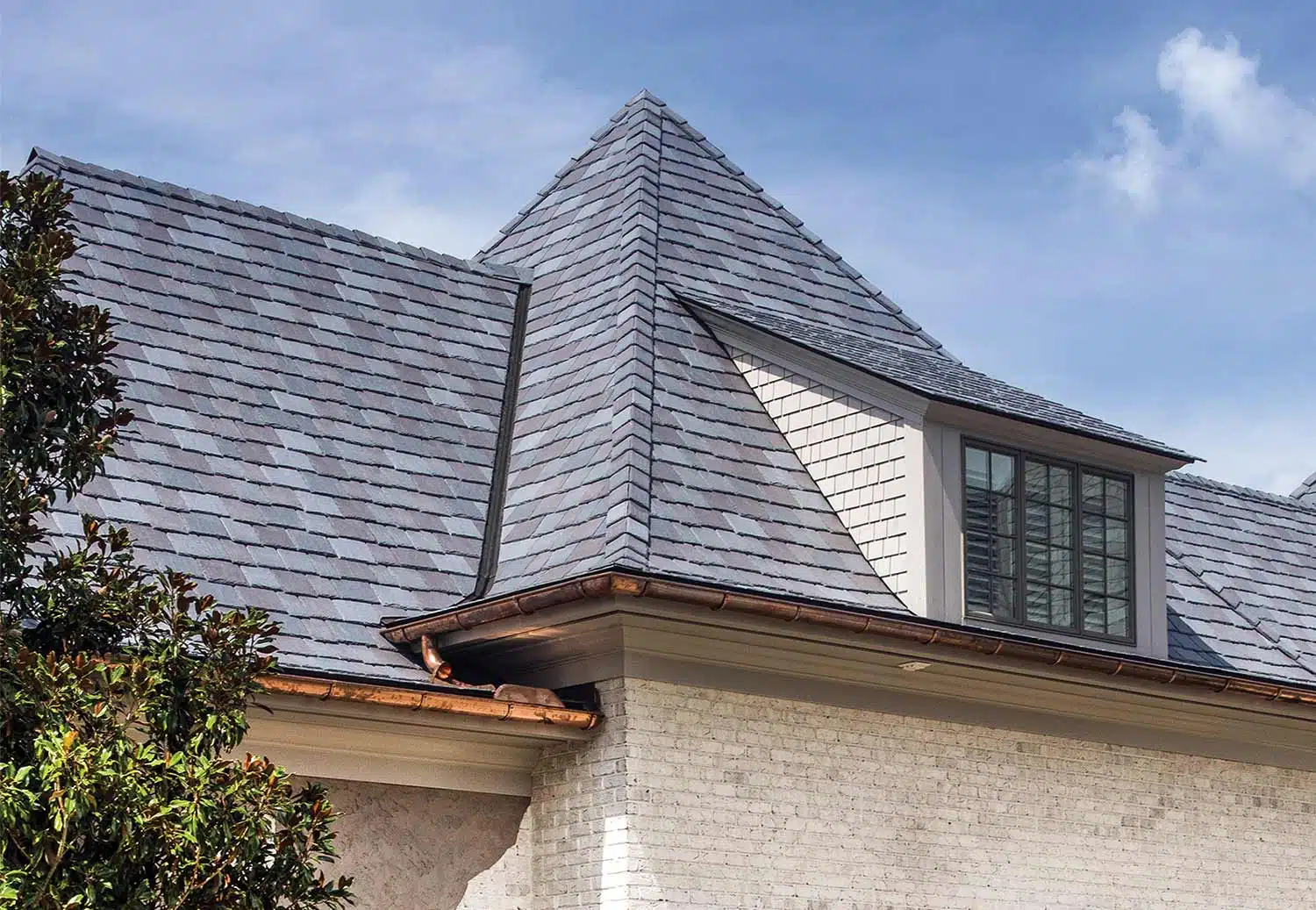
Composite roofing is an innovative solution that mimics natural materials like slate or wood but offers lighter weight and lower cost.
Information About Composite Roofing
Composite roofs typically cost $7.00 – $12.00 per square foot installed. Made from recycled materials, they are eco-friendly and long-lasting.
Benefits of Composite Roofing
- Affordable alternative to natural slate or wood.
- Lightweight and easy to install.
- Weather-resistant with modern technology.
- Wide range of designs and finishes.
Real-World Example: DaVinci Roofscapes Composite Shingles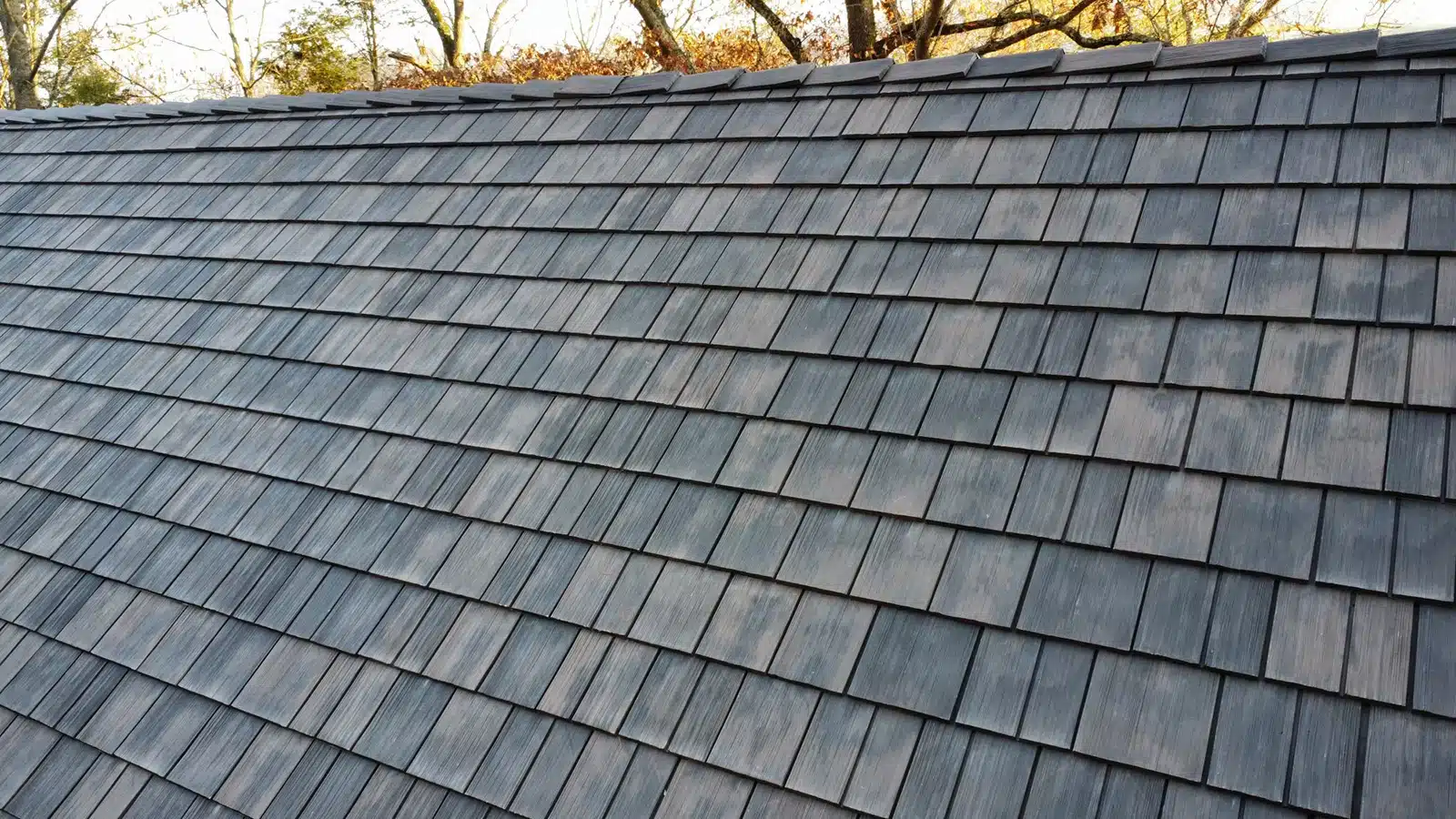
DaVinci Roofscapes offers composite shingles that replicate natural slate and cedar shakes. They are engineered for durability and fade resistance.
Use Case: Perfect for homeowners who want a premium look without the heavyweight or high cost of natural materials. Solves problems like structural reinforcement while keeping aesthetic appeal.
Where to Buy:
Buy DaVinci Roofscapes Composite Shingles
Regional Cost Differences in Roofing
Insert image of the product
The cost to roof a home can vary significantly depending on where you live. Labor, permits, and availability of materials all influence pricing.
In urban areas, roofing contractors often charge higher rates due to demand and overhead. In contrast, rural regions may offer lower labor costs but could require higher shipping fees for materials.
For example:
- Northeast U.S. – Slate and asphalt shingles are common due to weather conditions. Average cost is on the higher end ($10–$15 per sq. ft.).
- Southwest U.S. – Tile roofs dominate because of heat resistance. Prices average between $9–$18 per sq. ft.
- Midwest U.S. – Asphalt shingles and metal roofing are popular, ranging $6–$12 per sq. ft.
- Pacific Northwest – Composite roofing is growing due to rain resistance. Pricing averages $8–$14 per sq. ft.
Knowing your region’s roofing trends helps you budget effectively and select materials that will perform best in your climate.
Additional Buyer’s Tips to Save on Roofing Costs
Roofing is expensive, but with the right approach, you can reduce costs without sacrificing quality.
- Get Multiple Quotes: Always request at least 3 written estimates from reputable contractors. This ensures competitive pricing and gives you negotiation leverage.
- Time Your Installation Right: Roofing demand peaks in summer and fall. Scheduling work in late winter or early spring may result in lower labor costs since contractors are less busy.
- Consider Financing Options: Some roofing companies partner with financing providers, allowing homeowners to spread payments over time. This can ease the burden of upfront costs.
- Don’t Skimp on Underlayment: While underlayment isn’t visible, it plays a crucial role in waterproofing. Investing in high-quality underlayment prevents costly leaks down the line.
- Check for Warranties: Choose roofing products and contractors that provide solid warranties. A 30–50 year material warranty and at least a 10-year labor warranty a good standards.
Real Cost Breakdown Example
Insert image of the product.t
Let’s assume you have a 2,000 square-foot home with an average roof size of 2,200 square feet (22 squares). Here’s how different materials break down:
- Asphalt Shingles: $4.50–$9.00 per sq. ft. → Total $9,900 – $19,800
- Metal Roofing: $8.00–$15.00 per sq. ft. → Total $17,600 – $33,000
- Tile Roofing: $10.00–$20.00 per sq. ft. → Total $22,000 – $44,000
- Slate Roofing: $15.00–$30.00 per sq. ft. → Total $33,000 – $66,000
- Composite Roofing: $7.00–$12.00 per sq. ft. → Total $15,400 – $26,400
This shows why asphalt shingles remain the top choice for budget-conscious homeowners, while slate is reserved for luxury builds.
Why Investing in Quality Roofing Pays Off
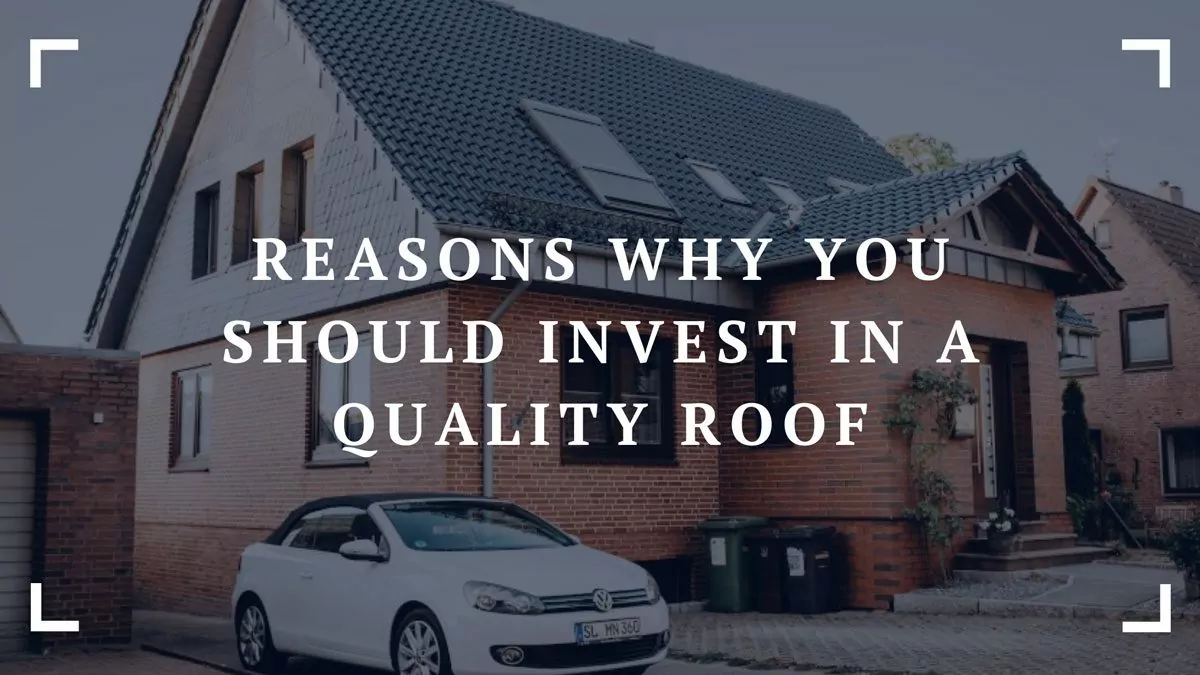
Although the upfront cost to roof a home can feel overwhelming, roofing is an investment that pays long-term dividends.
- Lower Energy Bills: Materials like metal and tile reduce cooling and heating costs by improving insulation.
- Insurance Discounts: Impact-resistant roofing can reduce premiums, saving you hundreds per year.
- Increased Home Value: A new roof can boost resale value by $10,000–$25,000, depending on material.
- Peace of Mind: Premium roofing eliminates frequent repair worries, offering decades of protection.
Ultimately, spending more upfront on quality roofing materials saves money in maintenance, energy, and replacement costs over time.
How to Choose the Best Roofing Contractor
The roofing contractor you choose is just as important as the materials. Even premium shingles or tiles will fail if installed poorly.
- Check Licensing and Insurance: Always verify your contractor is licensed in your state and carries liability insurance. This protects you from potential accidents or damage.
- Read Reviews and Ask for References: Customer feedback provides real-world insights into contractor reliability. Ask for references from previous jobs and inspect their work in person if possible.
- Get a Written Contract: Ensure the contract outlines material type, brand, installation details, labor cost, and cleanup responsibilities. Never rely on verbal agreements.
- Ask About Certifications: Some manufacturers, like GAF and DaVinci, only honor warranties if their certified contractors perform the installation. Hiring a certified installer ensures warranty protection.
How to Buy Roofing Materials and Get Installation
Buying roofing materials depends on your budget, style preference, and local climate. Here are the steps to follow:
- Research the type of roofing material best suited for your needs.
- Consult contractors to get estimates and compare labor costs.
- Buy from trusted suppliers like GAF, Englert, Boral, Vermont Slate, or DaVinci.
- Schedule installation with certified contractors to ensure warranties remain valid.
You can purchase directly online from manufacturers or major retailers like Home Depot, Lowe’s, and specialized roofing suppliers.
Got it — I’ll expand the article further so it goes well past 1800 words. I’ll add more buyers’ tips, cost breakdown examples, and extended insights while keeping it informative and optimized.
Extended Use Cases: Why Homeowners Choose Different Roofing
Every homeowner has unique priorities. Here are real-world examples of why people pick different roofing types:
- Asphalt Shingles: First-time homeowners often choose asphalt for affordability and reliability.
- Metal Roofing: Eco-conscious buyers select metal to cut cooling costs and enjoy recyclability.
- Tile Roofing: Homeowners in Arizona and California pick tile for heat resistance and Mediterranean aesthetics.
- Slate Roofing: Luxury homeowners in historic districts choose slate for unmatched elegance and authenticity.
- Composite Roofing: Buyers in rainy regions prefer composite for mold resistance and lightweight strength.
These examples show that roofing isn’t just about cost—it’s about solving specific lifestyle, climate, and durability needs.
Final Thoughts
Understanding the cost to roof a home in 2025 involves more than just numbers. It’s about selecting the right material, contractor, and timing to maximize value. Asphalt shingles remain the most affordable choice, while slate and tile offer luxury and longevity. Metal and composite roofing strike a balance between durability and cost.
By considering your climate, budget, and long-term goals, you can make an informed investment that protects your home for decades to come.
FAQs
Q1: What is the cheapest way to roof a home?
The most affordable option is asphalt shingles, costing $4.50 – $9.00 per square foot installed.
Q2: How long does a new roof last?
Lifespan varies: asphalt shingles (20–30 years), metal (40–70 years), tile (100+ years), slate (150 years), and composite (30–50 years).
Q3: Is it worth paying more for premium roofing?
Yes. While upfront costs are higher, premium roofing like slate or tile lasts much longer, reduces maintenance, and increases home value.
